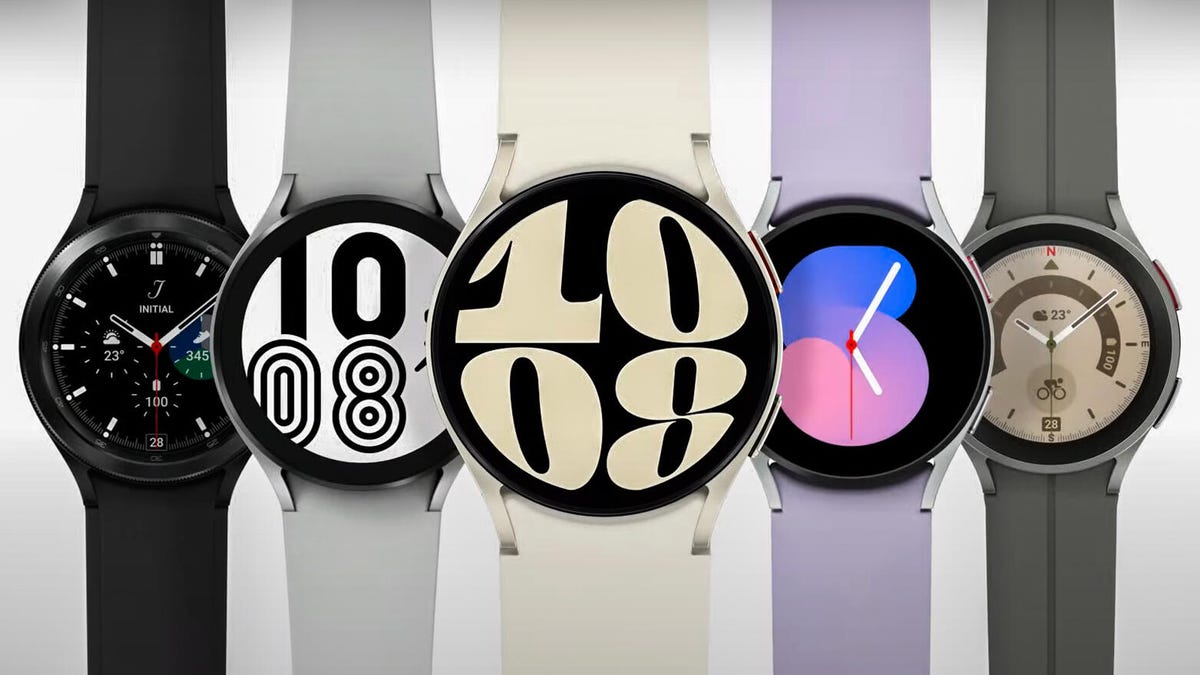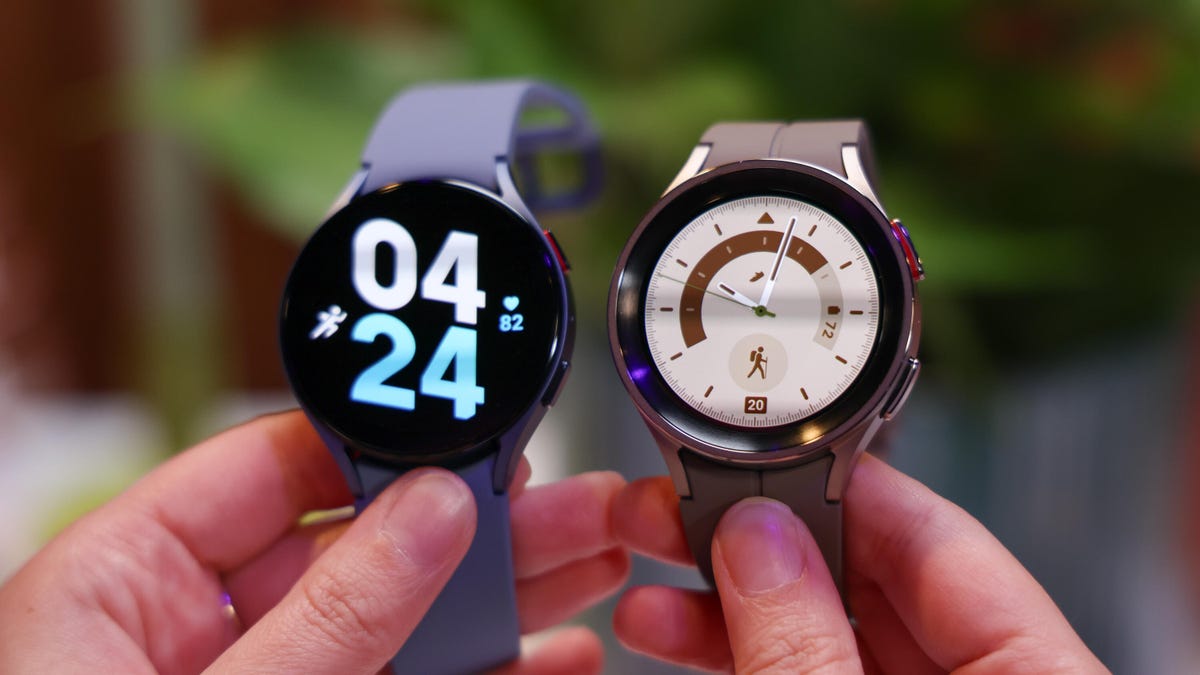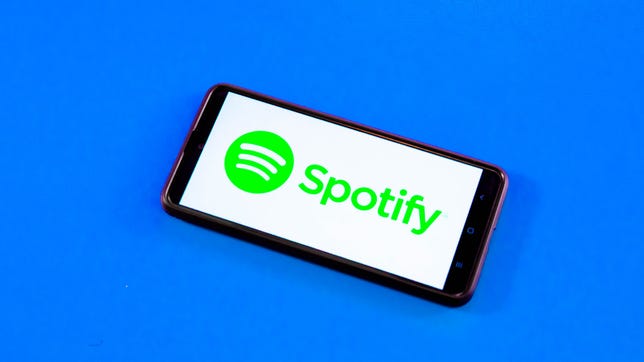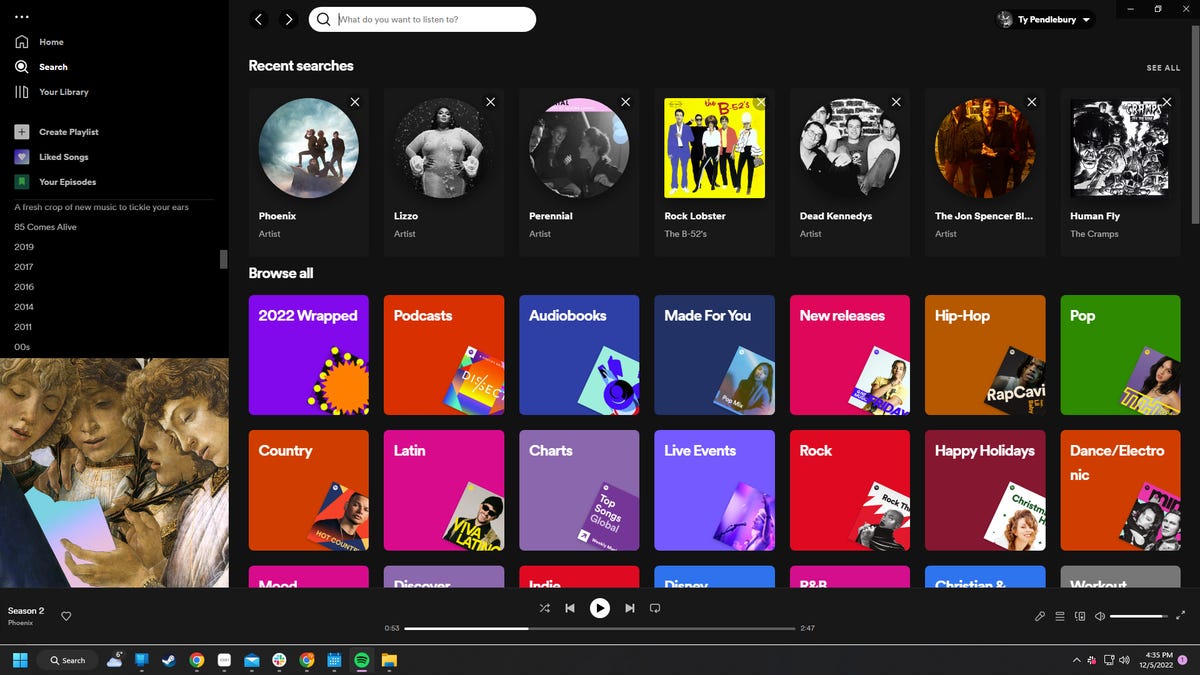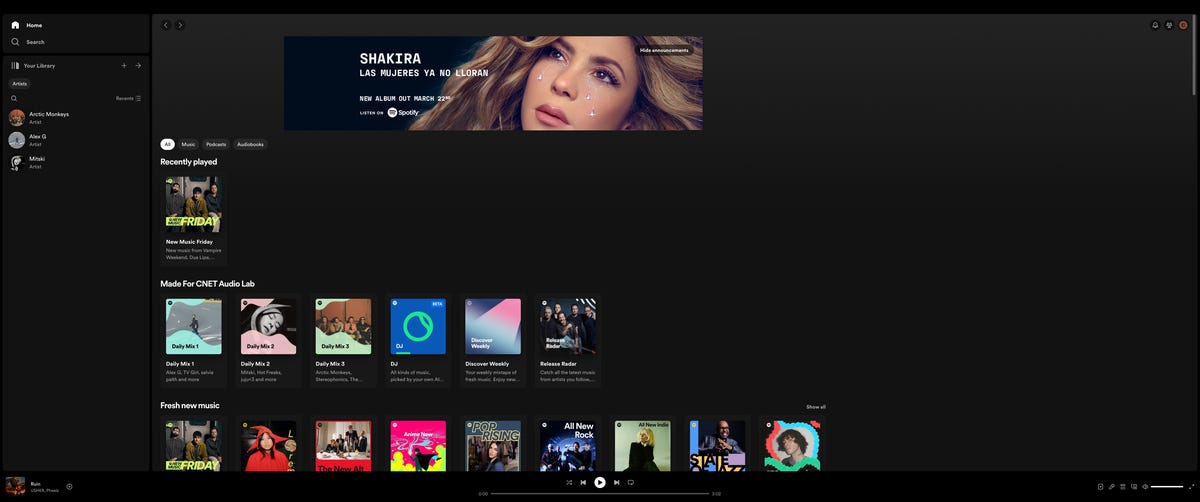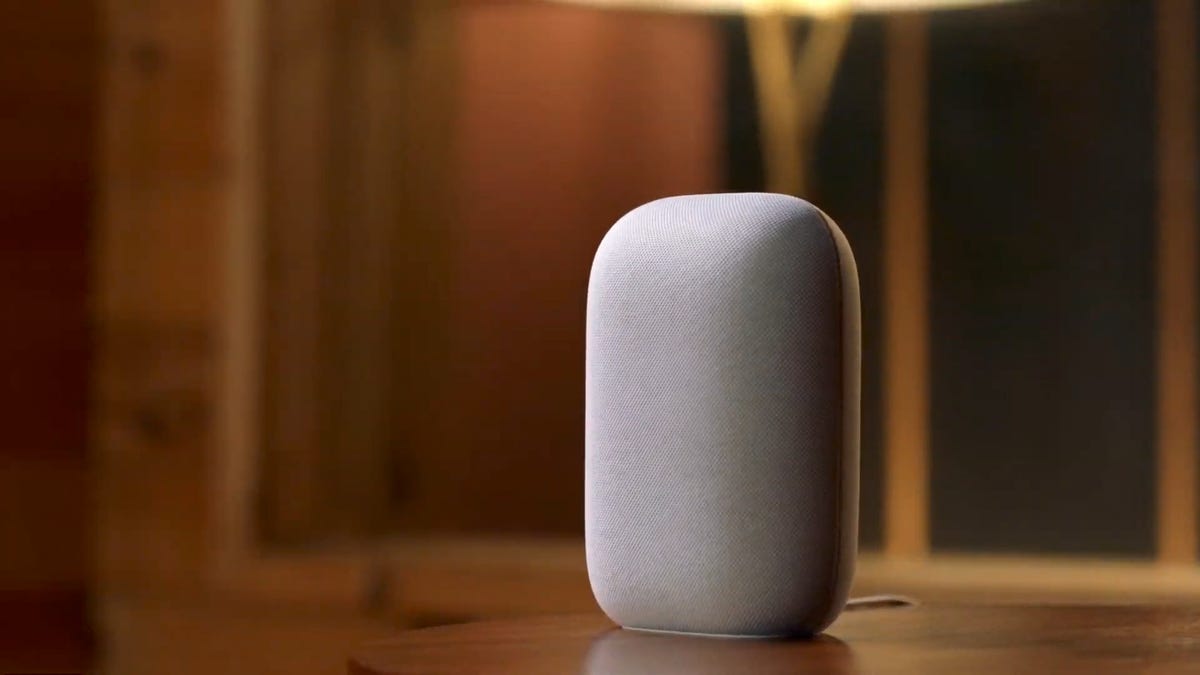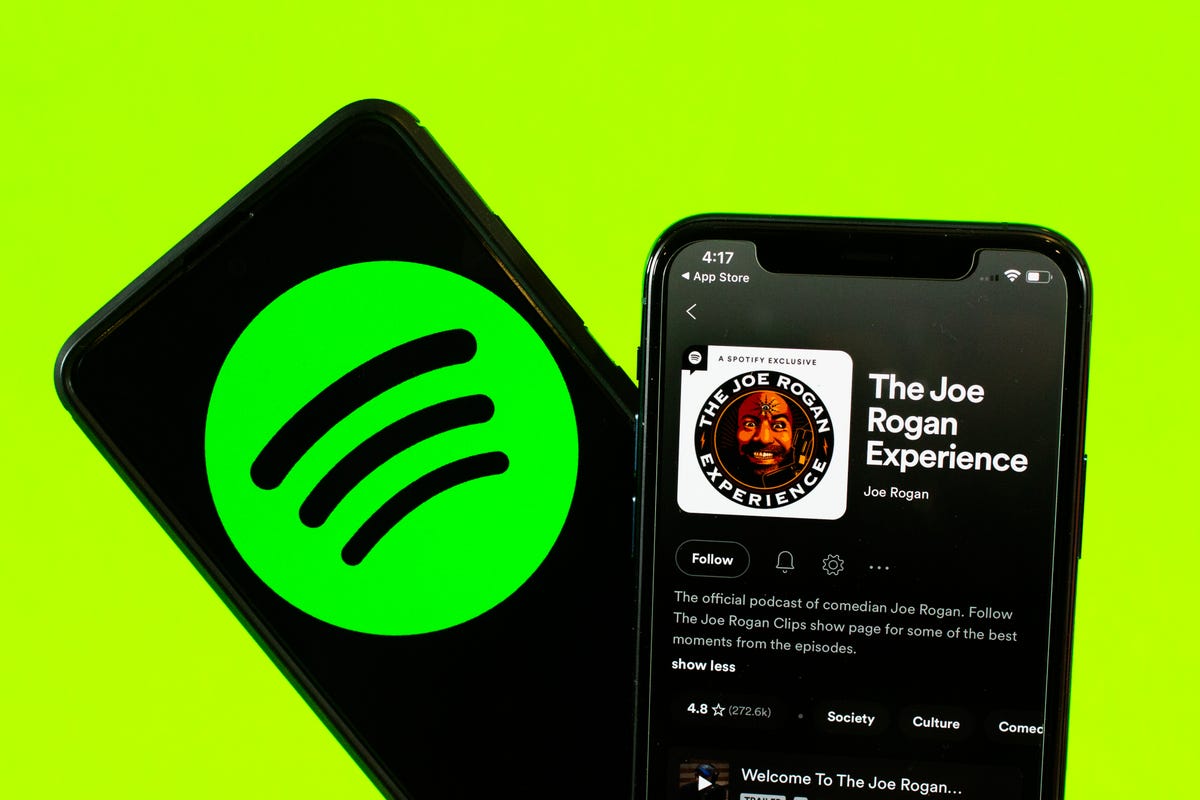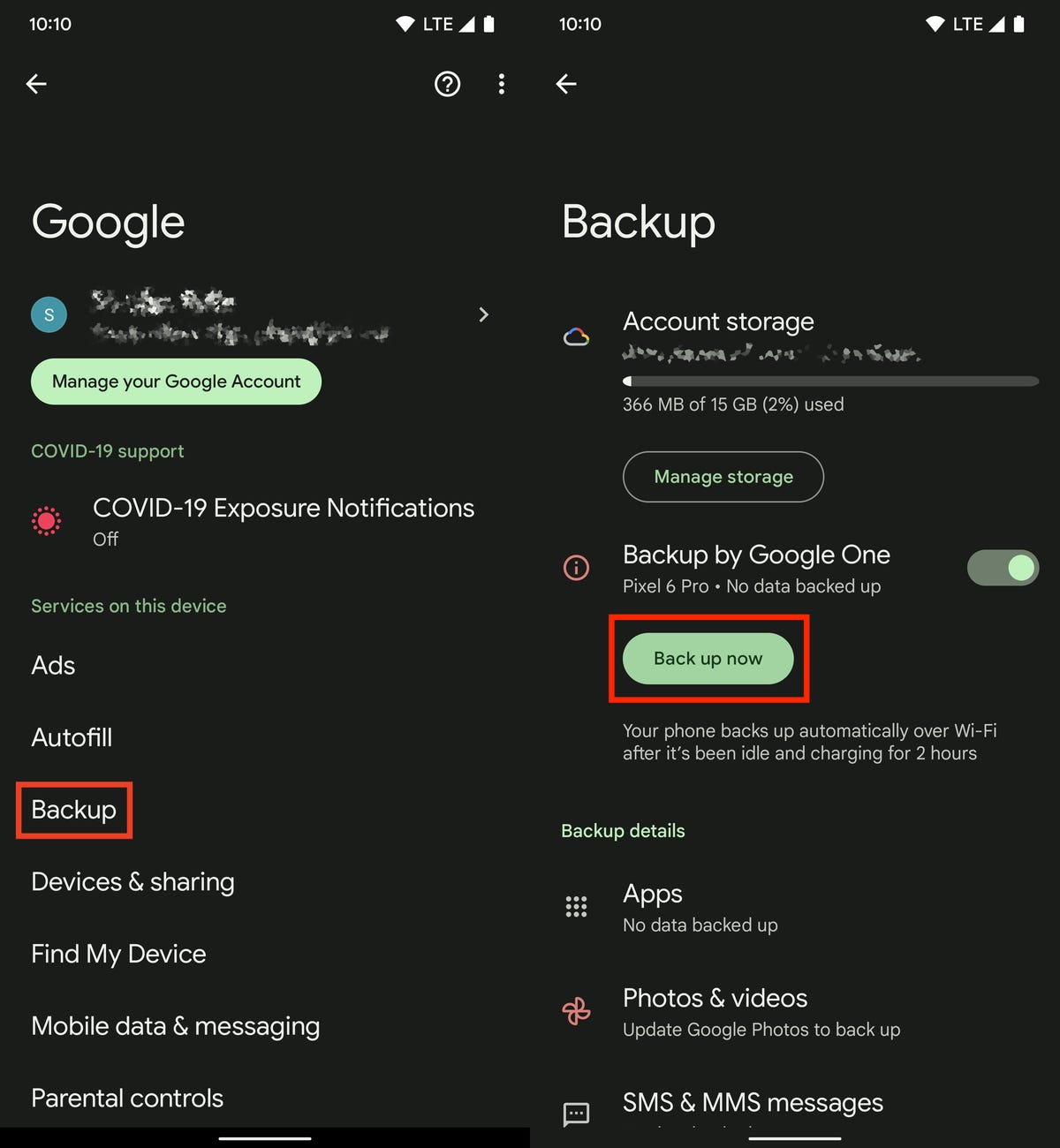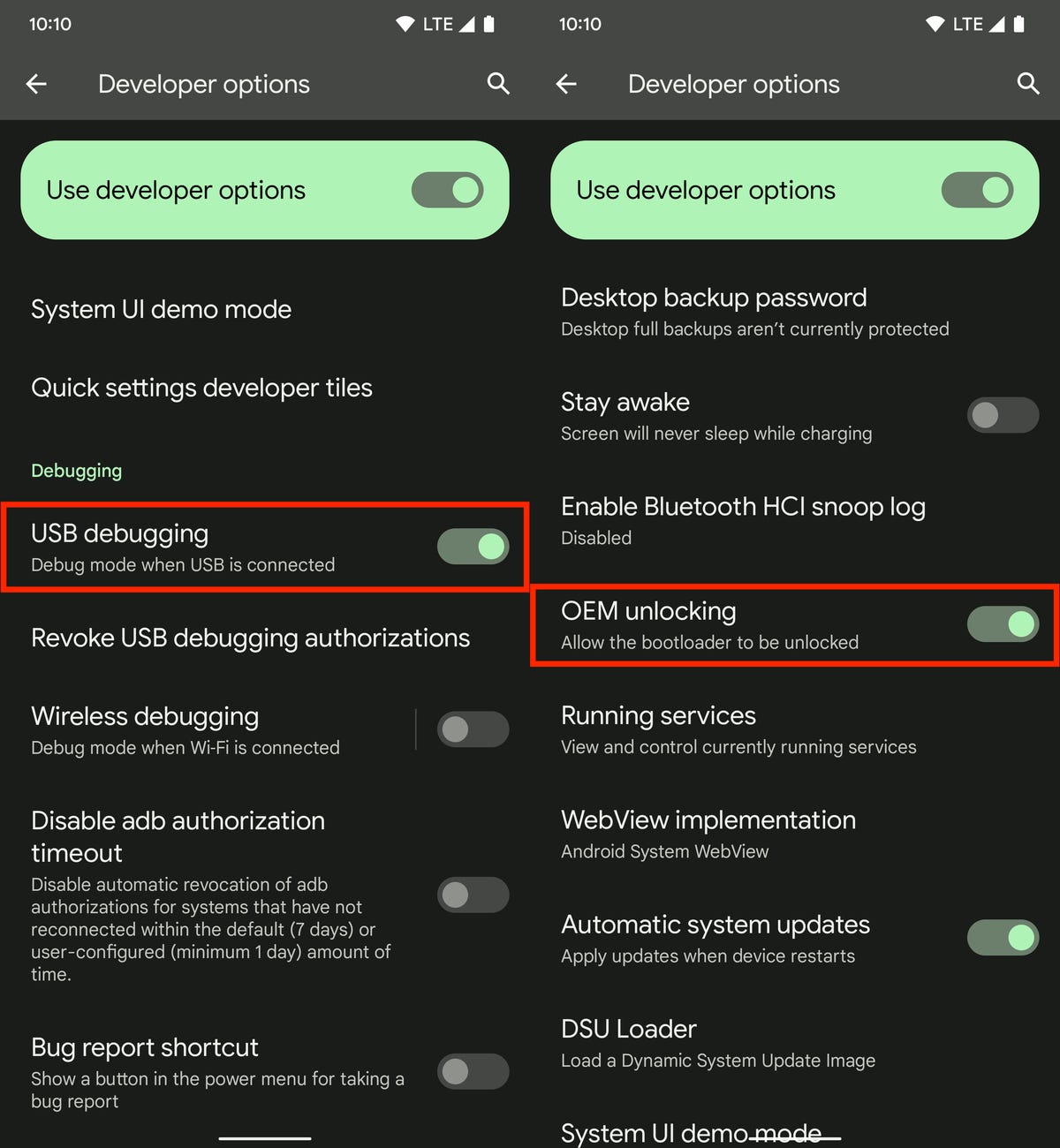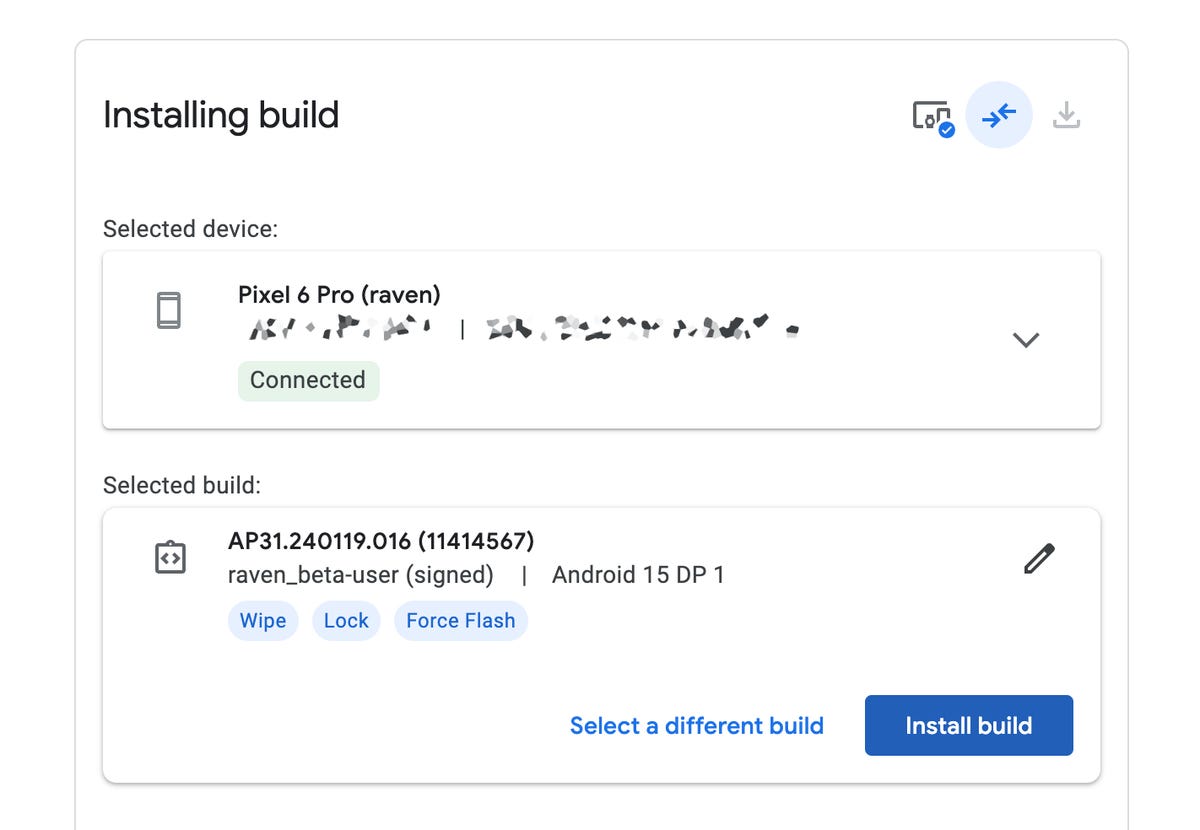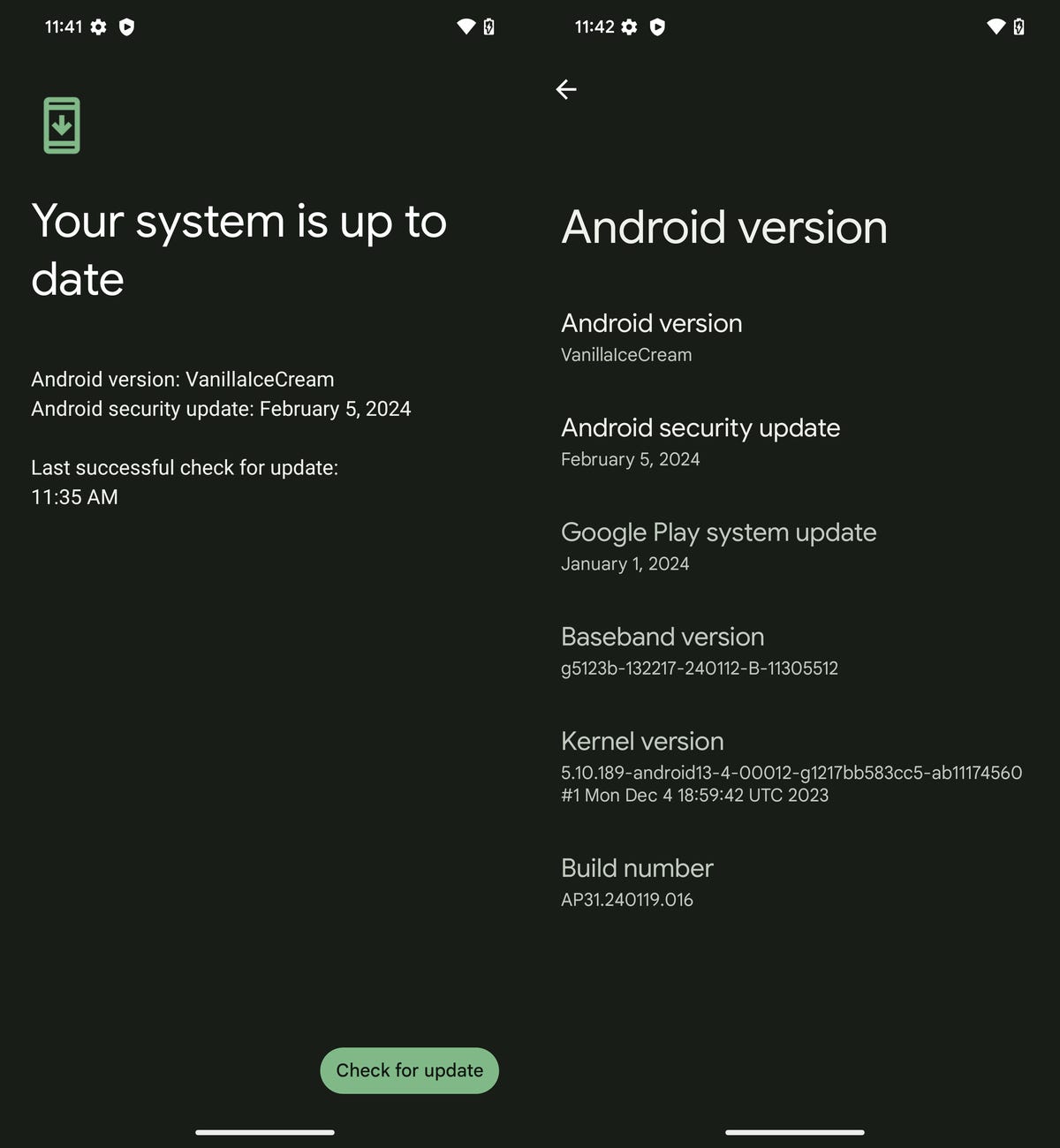Pros
- The biggest catalog of music available for any genre
- Excellent social features
- Spotify Connect makes streaming easy
Cons
- No Dolby Atmos or lossless music
- App interface is dated
- Audiobooks can shuffle accidentally
- Artist compensation remains an issue
From the outside it can appear that all of the music streaming services are the same — they cost around $10 a month, and every one has “millions of tracks.” But if you’re willing to scratch at the surface, just a little, there’s a lot more to them, and this especially applies to the two strongest services: Spotify and Apple Music.
Apple Music’s large catalog offers tight integration with Apple products, as you’d expect, but it also includes some extras, including lossless tunes. On the other hand, Spotify offers a similarly large catalog of music, but supplements it with a host of features, including podcasts, audiobooks and excellent streaming capabilities.
While other streaming services are only now starting to follow suit, social features have been a core part of Spotify for many years. From the ever-popular Spotify Wrapped annual roundup to the ability to collaborate with friends, the other services are still lagging behind in terms of social integration. Higher-res music, though? Teased, but still missing. In the lack of a hi-res tier, Spotify has been in an arms race with itself to add a whole new bunch of features. In the past few months alone Spotify has added both “free” audiobooks and gig recommendations from Bandsintown.
While you can’t go wrong with either Apple Music or Spotify, it’s the latter one I’d choose, especially if you’re an Android user or use smart speakers. Spotify is the biggest streaming service for a reason, and if you like sharing your music tastes with friends or having a vast smorgasbord of entertainment to choose from it’s the one to get.
Read more: Best Music Streaming Services of 2024
What is Spotify?
Spotify is a music streaming service with a catalog of 100 million-plus songs and a selection of apps available for desktop, mobile and smart devices. Streaming quality is capped at 320Kbps, which is higher than Amazon Music and Pandora, while the company has also teased a lossless tier for many years.
When it comes to accounts there are two main ways to listen: Free and Premium. The Free plan costs nothing, inserting advertisements between songs to cover costs. The trade-off for the Free service is that there are fewer features, plus restrictions on the music you can play and where you can play it. With a Free subscription, you can only shuffle songs from an album, playlists or radio station when using the mobile apps. You aren’t able to pick a song and play it on the spot. Though there’s also no offline listening, at least there is the ability to stream to other speakers via Wi-Fi using Spotify Connect.
Premium is Spotify’s flagship product, full of all of the eye-catching features that make it great. It costs $11 ( 11, AU$13) per month and is available in over 180 countries worldwide. With Premium, you can play any song, album, playlist or radio station on-demand. You can build your own playlists and add music to your library — a personal collection you can come back to over and over. There are no ads to be found, giving you an uninterrupted flow of music at all times. You can download music to your computer, tablet or phone to play it offline. Finally, you get better audio quality than with most Apple Music tracks at up to 320Kbps.
As part of Premium, Spotify offers a family plan, which costs $17 per month with up to six accounts. Each person gets their own account, so your hip-hop playlists don’t get mixed in with your kid’s Imagine Dragons albums. Meanwhile, Apple Music’s family plan also includes six separate accounts for $17.
One of the best reasons to choose Spotify over other services is the sheer size of its catalog. As a long-term user, I’ve only ever encountered a couple of instances where music wasn’t available. From the obscure to the popular it’s likely that if it isn’t on Spotify then it isn’t available on streaming. Some artists have legitimate reasons not to be on the platform, whether it’s the infamous bust-up between Neil Young and Joe Rogan, or that they would rather be on services that offer better rates, such as Tidal or Bandcamp.
Using Spotify
When it comes to the desktop and mobile apps there are three main navigation sections: Home, Search and Your Library. For the mobile app these options live at the bottom of the screen while on the desktop these sections are available on the top-left corner. The desktop’s extra real estate over mobile also enables an expanded section for artists, books or playlists (including ones you’ve created) on the bottom left, and the Friends list on the right-hand side. The latter list enables users to see what their friends are playing in real time. Be aware that Friends isn’t available on mobile, though Spotify had been working on a similar feature called Community.
While it’s different for every platform, the Home page mainly consists of playlists, from suggested playlists for the time of day, to genre-based entries to “Made for you” lists which collate your music into discrete Daily mixes. By default, after playing a song Spotify will plays an endless stream of music based on what you choose. If you like a song you can either long press it, click the hamburger button (…) or right-click on desktop and get more information or add it to your library with the Like button. These songs are automatically added to the “Liked” list, which you can then search through and separate according to genre.
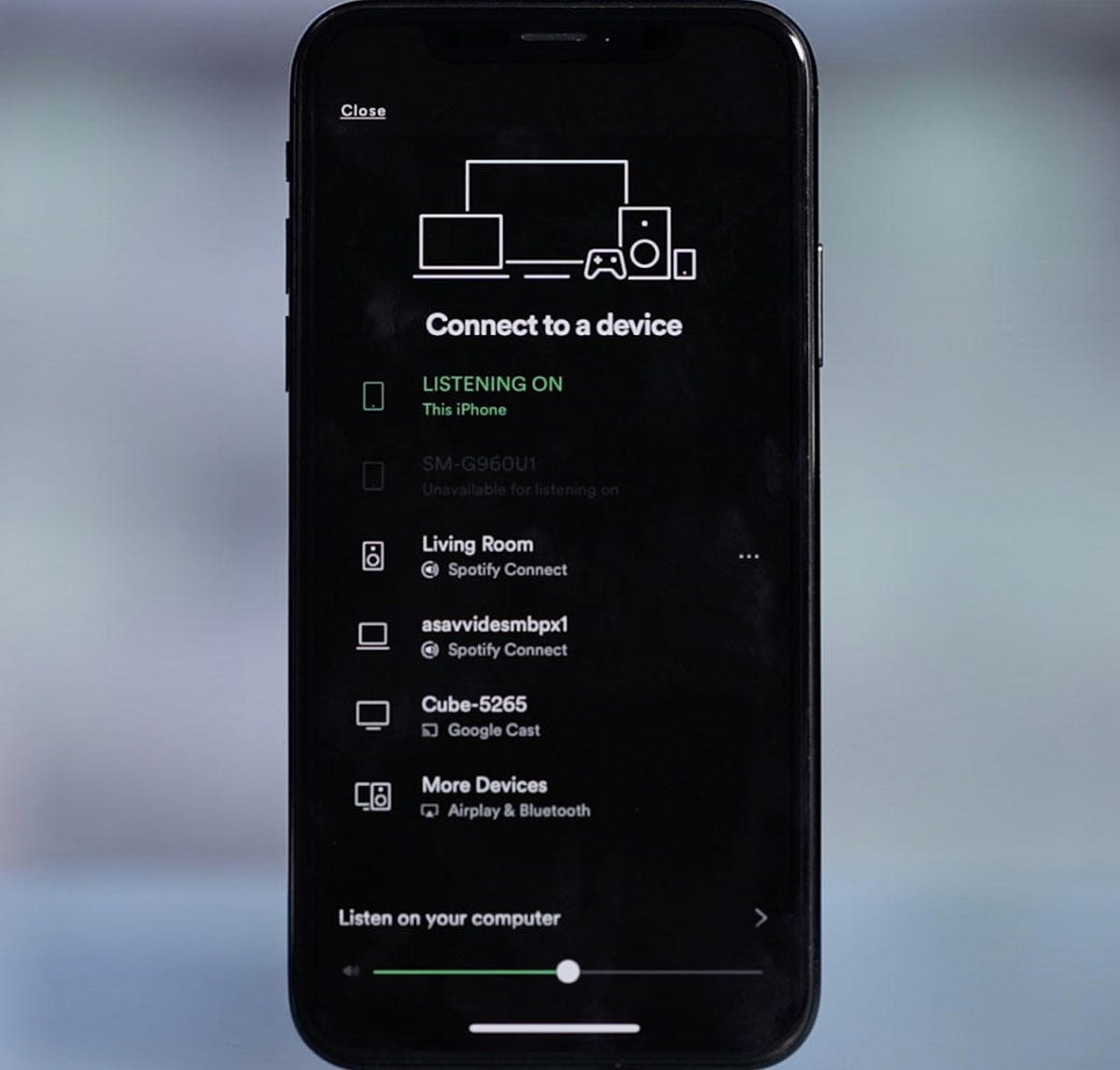
In the middle of the three options is search, which opens Spotify’s tool for finding any song, album, artist, podcast, audiobook or playlist. The final tab in the menu is home to your music collection in Spotify, called Your Library. I’ve built hundreds of playlists over my years of using Spotify and rely on them a lot, especially while traveling. Other parts of Your Library include tabs for the music you’ve saved organized by artist, song and album.
A plethora of control options
Spotify’s biggest advantages are its compatibility and adaptability — it plays nicely with almost any connected audio device, and it works with every voice assistant too. Spotify Connect continues to lead the way in making multiple devices work together, and to activate it you tap or click on the speaker icon at the bottom of the interface. Opening this feature brings up a list of Spotify Connect-compatible speakers, soundbars and AV receivers you can stream to in your home.
If you do use a smart speaker, you have a number of services available to you, but the one I’ve used that works the best across both Alexa and Google Assistant is Spotify. I have used a number of music services — including Apple Music — but none come as close to Spotify in getting the song you ask for most of the time. It comes back to the breadth of Spotify’s catalog. My family and I use Spotify every single day, but our main method of interaction is via Google Assistant, and I only use the Spotify app when making or listening to playlists.
Apple Music is an excellent alternative for people who don’t want to give their money to Spotify, but it lacks the same level of compatibility or social interactivity. As great as Apple Music is, and as many advancements it’s made to make it less of a walled garden, it’s still not great for PC users in particular. There is an Apple Music for Windows 11 store but it’s not as robust as the native Apple app. Meanwhile, Apple devices have both Apple AirPlay 2 and Siri, and they’re designed to work together seamlessly.
Even though Apple Music is also one of the services Google Assistant users can choose, I haven’t been impressed with the experience. Firstly, when you’re setting it up it defaults to authorizing Apple Music on an iOS device in the Google Home app, and this can be an issue if you don’t have even one. When I cleared that hurdle, I used Apple Music as my default service for two weeks, but Apple Music failed to find requested tracks as consistently as Spotify.
Not just music
Spotify has so many features — both hidden and in plain sight — that not every user will ever use them all. New ones are being added all the time, with audiobooks the latest in a long line of add-ons. Alongside the fledgling feature, Podcasts has become one of the major tentpoles of Spotify. However, it’s only with the latest mobile update that the feature has been visible. But there are plenty of podcasts to choose from, including the Spotify Original Heavyweight.
Spotify currently offers 375,000 audiobook titles, in addition to its selection of podcasts and albums, but it’s still not what I would call a “go-to” for book lovers. If you’re used to audiobook apps like Audible or Audiobooks, then you may be disappointed by Spotify’s take. Yes, it does offer the ability to alter the reading speed but the interface still treats books like they’re albums. This instantly becomes an issue once the app starts shuffling chapters… This issue first happened to me while I was listening to World War Z — an episodic novel with no real narrative thread — and so I didn’t notice when Spotify had shuffled the chapters until it started to replay them. This problem is obviously disastrous for readers. This stems from the interface breaking chapters into “tracks” rather than as a single tome, as with its competitors. With Audible, for instance, you get to pick up where you left off, as the interface shows you instantly how far you are into a book.
The drawbacks
From its controversial $200 million deal with podcaster Joe Rogan to what are reportedly the lowest rates in the industry, no other streaming service is as polarizing as Spotify. As the dominant player, Spotify basically gets to dictate its own terms, and artists in particular can either like it or lump it. For instance, the company is about to change the way it pays royalties — an individual track must have received a minimum of 1,000 streams in the past 12 months to be eligible. Understandably, artists are crying foul, and it’s not just the smaller ones. In his video greeting from Spotify’s 2023 Wrapped, Weird Al Yankovic claimed he had only received a sandwich worth of royalties — or $12 — from 80 million streams. Of course, his math is off — one fan calculated he would be getting hundreds of thousands instead — but his message is clear: Spotify needs to pay its artists more, not less.
Furthermore, sometimes Spotify announces features that just don’t pan out. Take Car Thing, for example: In 2022 this car-friendly dongle came and went, ending even before the summer did. Running and music game Heardle were two more high-profile features that Spotify retired.
Lastly, Spotify is beginning to show its age — from the green-and-black interface it’s had since 2014 to its uncanny ability to hide new features such as podcasts or audiobooks. Most of the service’s competitors have been able to showcase its expanding range of offerings in a better way — from spatial audio to radio.
Should you subscribe?
There is no such thing as a perfect streaming service, but Spotify comes closer than most by offering a large catalog of music and a myriad of ways to interact with it. For $11 a month it includes a bunch of fun features, including Wrapped and podcasts, and is more than enough for the needs of most people.
On the other hand, if you want music in lossless quality, or don’t want to pay for podcasts and audiobooks, Apple Music is an excellent alternative, albeit better if you have an iPhone, Mac or Apple TV. Yet whichever service you choose, know that you’re getting the best value for your money with either option. Not even video streaming services offer this much for this little a month.






